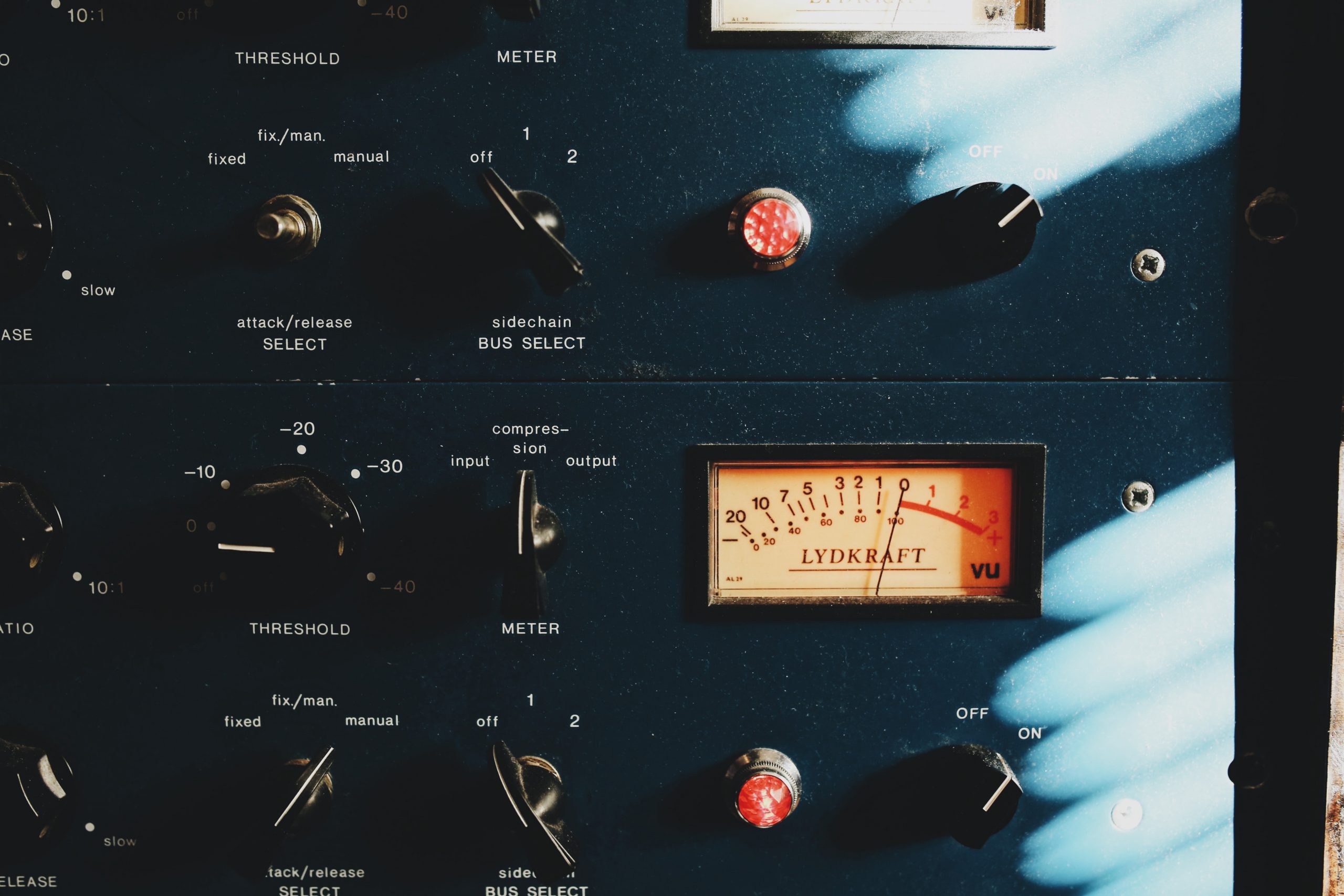The difference between gain and volume
Image Credit: Cinescope Creative
Do gain and volume mean the same thing? And what’s gain staging? Let’s find out…
When you start out as a music producer it’s very easy to get gain and volume mixed up, and assume they refer to the same thing.
They don’t. Things can get confusing quickly, so let’s try and clear things up a little.
What is Gain?
In its simplest form, gain is the control of the INPUT of a signal – the first part of the signal chain, before it’s processed. It refers to a volume boost in the signal path.
For instance, turning up a microphone preamp’s gain will turn up its input signal to a recordable level. Gain settings affect the quality and tone of your sound.
What is Volume?
Volume controls the loudness, the OUTPUT, of a signal that’s been recorded, after its been processed and effects, compressors and so on have been added. It’s the decibel (dB) output of a sound system.
On a guitar amp, the volume affects the power amp level. Say you’re mixing on your DAW and combined every track to a main stereo mix bus, the loudness of that master is referred to as the “volume.” Turning up the volume doesn’t affect the tone, just the loudness.
What is gain staging?
So why is adjusting gain important? The path of the sound from an instrument or microphone to a recorder is known as the signal chain.
As you record, each part of the chain should be “gain staged”, making sure the level of signal is adjusted – or gained – to make sure the inputs are right. Too much gain at one point and you’ll have to reduce the gain at another, and too little and you’ll have to bump up the gain at the next stage.
If a recording signal is too hot (high) it causes distortion and clipping. If a signal is too cold (low), it creates noise – that TV static sound.
The levels you set will determine how good or bad your recording sounds. When recording digitally, go over 0dB and the signal will clip.
0dB doesn’t mean ‘no sound’, but the highest level a digital system can handle before it runs out of bits to store data and clips the signal.
The key to good recording levels is to get as hot a signal as you can without going over the max that the recorder can handle. How hot is too hot? It depends on the bit depth you’re recording at and personal preferences.
Recording at a slightly lower level isn’t going to ruin your track, but a clipped note will.
Generally speaking, just try and remember gain = input and volume = output. There’s plenty more in-depth advice online if you’re still perplexed.
